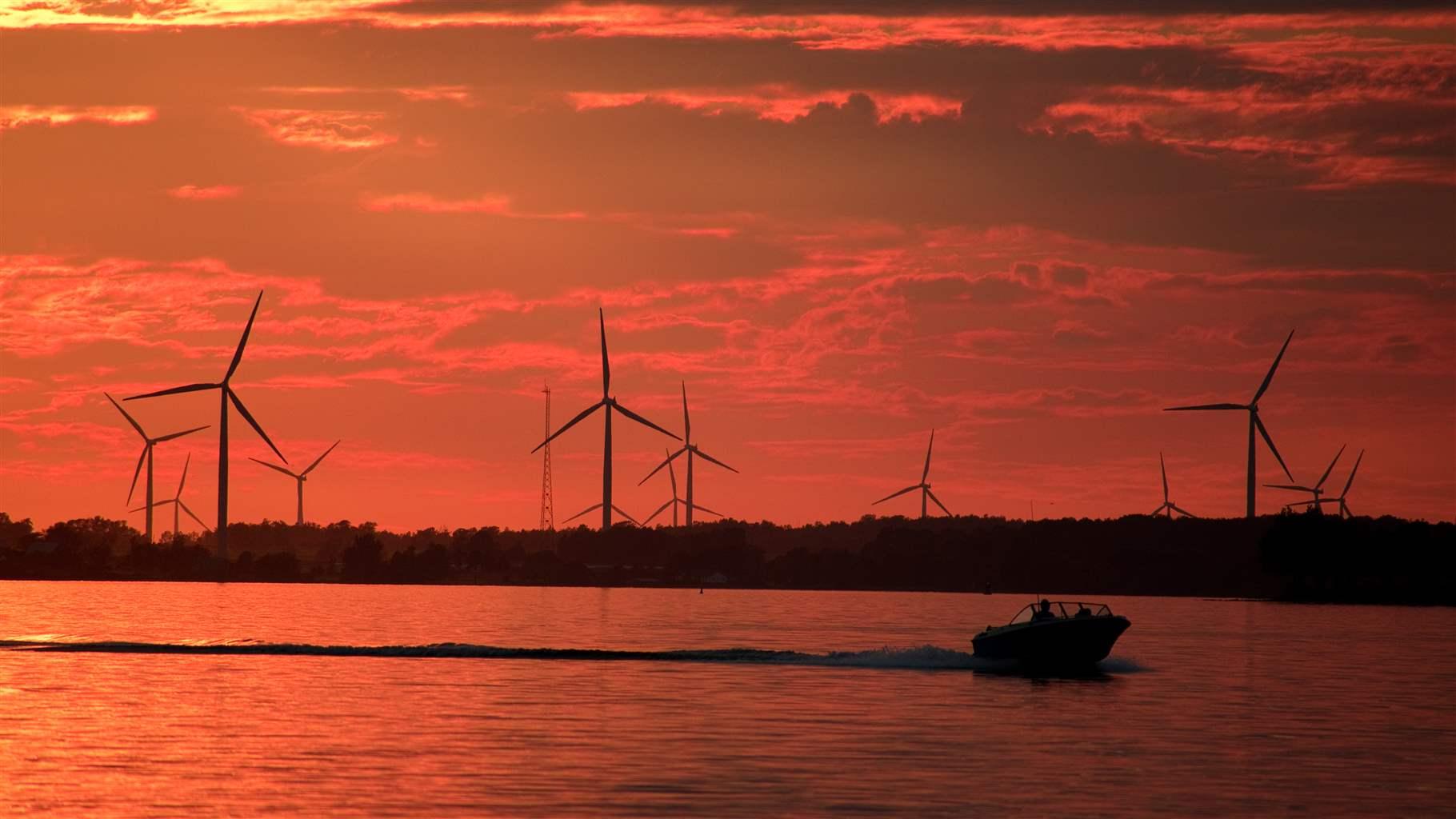Historic Climate Law Includes Major Investments in Nature-Based Solutions
Broad measure should help U.S. reduce emissions while benefiting people and wildlife

The Inflation Reduction Act, passed by Congress on Aug. 12 and signed into law by President Joe Biden on Aug. 16, includes a crucial recognition of the role that nature can play in tackling climate change. Coupled with sustained emissions reductions from other sectors of the economy, the law offers incentives for conservation, effective management, and restoration for various habitats throughout the country. Specifically, the law includes funding that could be used for protection and restoration of coastal wetlands and forests, among other actions, that harness the ability of nature to sequester carbon and store it in soils for long periods of time.
More broadly, the law ushers in substantive opportunities for growing the U.S. clean energy economy over the next 10 years, and for conservation. In fact, the nearly $370 billion package represents the largest investment in emissions reduction efforts in U.S. history. According to independent analyses, the law will reduce America’s carbon emissions by about 40% by 2030 compared with 2005 levels, bringing the United States considerably closer to its stated goal of reducing emissions 50%-52% by 2030. Notably, the law is projected to reduce emissions by nearly 1 billion metric tons of greenhouse gases by 2030, compared with current policy.
The nature-based aspects of the law are in addition to significant investments in technical solutions for emissions reduction, such as expanding renewable energy and promoting the use of electric vehicles. Leveraging the power of nature to fight climate change has been shown to support species and communities by improving their ability to adapt to effects such as increased temperatures, severe weather, and sea-level rise.
The measure also includes nearly $5 billion in federal funding to protect existing carbon-rich forests, promote climate-smart and fire-resilient forest management, and restore and reforest large swaths of degraded forests throughout the country. This effort includes $2.15 billion for the reduction of hazardous fuels on National Forest System lands along the wildland-urban interface and $2 billion for state and private forestry projects. In addition to considerable carbon sequestration capacity, forests provide a wealth of benefits for people and nature, such as supporting biodiversity, conserving ecosystem services—natural water filtration and storage, among others—and sustaining local tourism and recreation-based economies.
The Pew Charitable Trusts has been advocating for years for strengthening protection of coastal habitats, which stretch across the U.S. and contain carbon-rich soils. In fact, the saturated soil found in coastal wetland ecosystems can retain more carbon per acre than some terrestrial forests.
And along our country’s coasts, the effects of climate change—including sea-level rise, erosion, and more frequent and stronger storms—are threatening a vital habitat that offers one of the best natural defenses against those perils. As such, the law includes $2.6 billion to the National Oceanic and Atmospheric Administration for the conservation, restoration, and protection of coastal and marine habitats to help coastal communities withstand extreme weather and other climate-driven shifts, such as increased flooding; some of that funding can be used for projects that support coastal communities and others that are dependent on marine resources, and for marine fishery and marine mammal stock assessments.
Beyond prioritizing habitat conservation, the law also seeks to protect the species that call those places home. For example, it allocates $121.3 million to the U.S. Fish and Wildlife Service for direct expenditures, grants, and contracts for the National Wildlife Refuge System and state wildlife management areas—money that could be used to address the threat of invasive species and increase the climate resiliency of habitats and infrastructure. The package also includes $125 million for the development and implementation of recovery plans under the Endangered Species Act. Funds are also available for conservation and habitat restoration projects on lands administered by the National Park Service and Bureau of Land Management.
Overall, this new law makes unprecedented investments in the battle against climate change. It offers increased and sustained momentum for emissions reductions, including those solutions offered by nature. Importantly, the law also recognizes the disproportionate effects of climate change and other environmental ills on under-resourced communities and includes $60 billion to begin addressing many deep inequities.
The statute will facilitate solutions that are durable, equitable, and sustainable for people and nature, as well as re-establish the U.S. as a global leader in climate mitigation and adaptation strategies—a stature that should compel other governments around the world to step up their own efforts.
Courtney Durham works on The Pew Charitable Trusts’ international conservation efforts.












